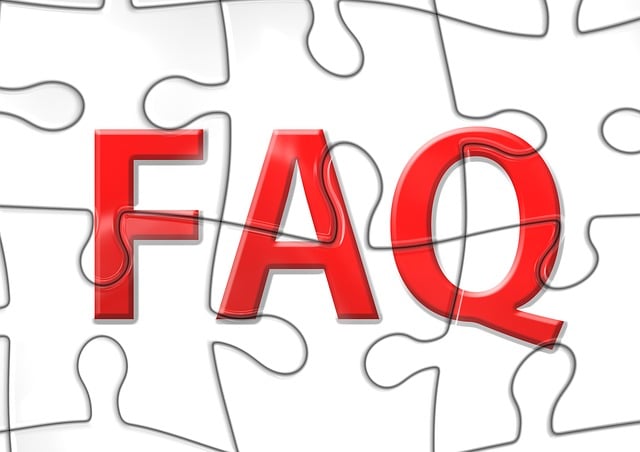Facial and Dental Injuries from a Car Accident
Facial and dental injuries often result from the forces involved in car accidents.
These injuries can range from minor cuts and bruises to severe damage requiring immediate medical attention.
How Face Injuries Happen
Facial injuries in car accidents occur due to sudden impacts.
When a collision happens, your face might hit the steering wheel, dashboard, or airbag.
The speed and angle of the crash influence the severity of the injury.
Not wearing a seatbelt increases the risk. Loose objects inside the car can also cause injury when they become projectiles during a crash. Fractures, cuts, and bruises are common outcomes when these scenarios occur.
Types of Facial and Dental Injuries
Facial fractures often include broken nose, cheekbones, and jaw. These fractures may require surgical intervention to correct. Cuts and lacerations are frequent and may leave scars if deep enough.
Dental injuries range from chipped or knocked-out teeth to injuries affecting the roots and bones supporting the teeth. Soft tissue injuries involve damage to the mouth’s inner lining, gums, and lips, often requiring stitches.
Facial Injuries in Car Crashes
Facial injuries are common in car accidents. They are one of the most frequent types of trauma reported. Studies show that facial injuries account for a significant portion of injuries in high-speed impacts.
Wearing safety devices like seatbelts and airbags has reduced their occurrence but not eliminated it.
In many accidents, more than one area of the face is injured. Awareness and education about safety measures can help reduce these injuries.
Unprotected by safety devices, passengers are at higher risk of facial trauma.
This highlights the importance of always using seatbelts and ensuring proper restraint for all passengers.
Medical Evaluation and Treatment
Medical care for facial and dental injuries from a car accident involves evaluating the damage, surgical repair, and rebuilding facial structures to prevent permanent deformities.
Initial Assessment
When you arrive at the hospital, the initial assessment is crucial. Doctors will check for any immediate threats to your life, such as airway blockages.
They will then look at your face and mouth for visible injuries like cuts, bruises, and broken bones.
X-rays or CT scans help identify fractures. Accuracy in this assessment is key to planning effective treatment and avoiding long-term issues.
Surgical Interventions
Surgery may be necessary to fix broken bones or deep cuts.
For facial fractures, surgeons use plates, screws, or wires to hold bones in place as they heal. Dental injuries might require extractions or root canals.
Timely surgical intervention helps restore function and appearance. Delays can lead to complications, including infection and deformities.
Reconstructive Strategies
Reconstructive surgery aims to repair and reshape your face.
Techniques like skin grafts and bone grafts are often used.
Dentists may create custom dental implants to replace lost teeth.
The goal is not just to restore looks, but also to ensure you can chew, speak, and breathe normally.
Careful planning and skilled execution are essential to prevent permanent deformities.
Hire a Car Accident Lawyer
After a car accident, you need to understand the legal steps you should take.
This includes hiring a car accident lawyer, filing personal injury claims, and navigating the insurance and compensation process.
Role of a Car Accident Lawyer
Hiring a car accident lawyer can make a big difference.
They help you understand your rights and guide you through legal procedures.
Lawyers gather evidence like medical records and police reports.
This strengthens your case.
They can also talk to insurance companies for you.
This helps you get the money you deserve for your facial and dental injuries.
Plus, a good lawyer works to get you fair compensation for any other damages.
Personal Injury Claims
Filing a personal injury claim helps you recover costs from the accident.
This includes medical bills for facial and dental injuries. First, report the accident to the police and get medical attention right away.
Then, file the claim as soon as possible. Include all related expenses.
Make sure to document your injuries and any treatments.
This paperwork is key to a successful claim.
Insurance and Compensation Process
The insurance and compensation process can be complex.
Contact your insurance company to start a claim.
Provide them with all necessary documents such as medical bills and accident reports. Be honest about the accident and your injuries. Insurance companies will review your claim and decide on compensation.
Sometimes, your lawyer may need to negotiate with them to ensure you get fair payment for your facial and dental injuries.
Preventive Measures
To avoid facial and dental injuries from car accidents, it’s essential to utilize vehicle safety features and follow safe driving tips.
Vehicle Safety Features
Modern cars come equipped with many safety features designed to reduce the risk of injury. Airbags play a crucial role in protecting your face during collisions. Ensure your vehicle has front and side airbags.
Wearing seat belts properly is another key practice. It keeps you securely in place during accidents, minimizing the chance of hitting the steering wheel or dashboard.
Anti-lock braking systems (ABS) help you maintain control during sudden stops, reducing collision risks. Crumple zones are designed to absorb impact, protecting the car’s occupants. Regular maintenance, including brake checks and tire inspections, also ensures your vehicle’s safety features function effectively.
Safe Driving Tips
Your driving habits significantly impact accident prevention. Always wear your seat belt and insist passengers do the same.
Observe speed limits to maintain control of your vehicle. Avoid distractions like mobile phones, eating, or adjusting controls while driving.
Maintain a safe distance from other vehicles to allow ample reaction time. Be particularly cautious in adverse weather conditions, reducing speed and increasing following distance. Regularly check mirrors and blind spots to stay aware of your surroundings. Never drive under the influence of alcohol or drugs as it impairs your reaction time and decision-making.
By combining vehicle safety features with mindful driving practices, you can significantly lower the risk of facial and dental injuries in car accidents.

Long-Term Outlook for Facial Injuries
Recovering from facial injuries after a car accident involves several key aspects, including restoring physical functionality, addressing emotional well-being, and exploring cosmetic improvements.
Physical Rehabilitation
Physical rehabilitation is crucial for regaining movement and strength in affected areas.
This often includes physical therapy exercises that improve muscle function and reduce scarring.
Specialists such as physiotherapists or occupational therapists guide you through tailored programs.
In some cases, surgeries might be necessary to correct structural damage or to insert implants.
Common procedures include jaw realignment, fracture repair, and skin grafts.
The goal is to restore both function and appearance as closely as possible.
Recovery times vary widely based on injury severity and the type of treatment required.
Consistency and patience are key components of successful physical rehabilitation.
Psychological Impact and Support
Accidents can leave psychological scars that are just as deep as physical ones. It’s common to experience anxiety, depression, or PTSD after such traumatic events. Seeking mental health support is vital for a complete recovery.
Counseling and therapy can help you process emotions and adjust to changes in appearance or ability. Support groups provide a space to share experiences with others facing similar challenges. Addressing these aspects is essential to rebuild self-esteem and improve quality of life.
Family and friends also play a significant role in providing emotional support and encouragement throughout the healing process.
Cosmetic Restoration Options
Cosmetic restoration aims to improve the appearance of facial features that may have been altered due to injury.
Options include reconstructive surgery, which can correct deformities and scars. Common procedures involve rhinoplasty, chin augmentation, and scar revision.
Non-surgical options like dermal fillers and Botox can also help enhance facial aesthetics.
These procedures are usually less invasive and have shorter recovery times.
Discussing your goals and expectations with a qualified surgeon ensures you choose the best treatment plan.
Long-term follow-up may be necessary to maintain results and address any complications.





